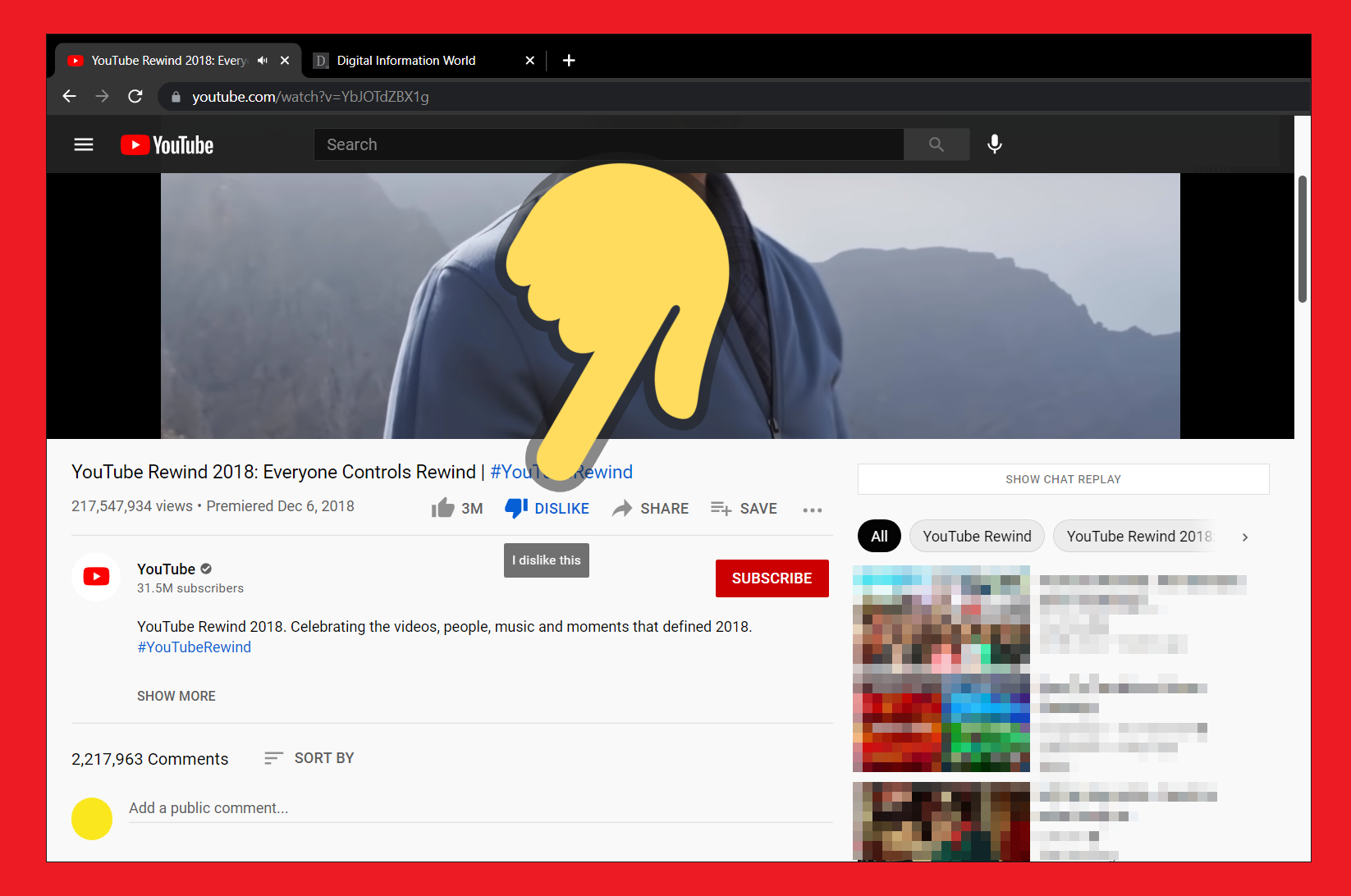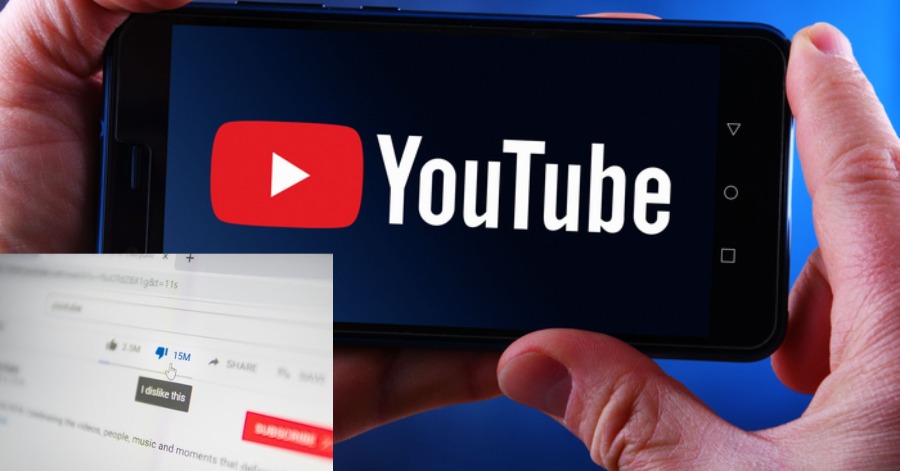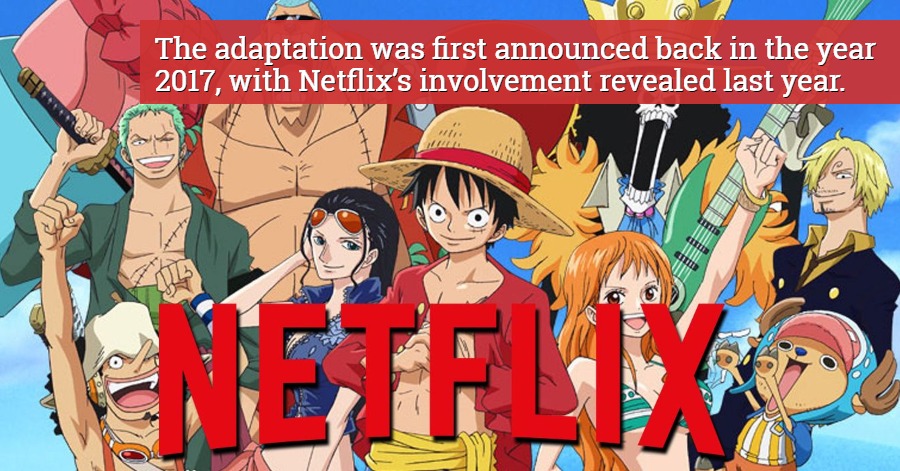As time goes, many social media platforms also go through a certain forms of changes. Instagram for instance, will now notify users if someone took a screenshot of their conversation. After a very long time, YouTube has now come into the same trend.
YouTube tested adjustments to the dislike button earlier this year to see whether they could help better protect creators from abuse and prevent dislike attacks. This is done so that viewers will no longer be able to see the number of dislikes. This is in response to dislike-targeting, which occurs when people target content providers. This is comparable to how TikTok, Instagram, Facebook, and LinkedIn don’t have hate buttons, so new creators creating material have less to worry about.
https://www.youtube.com/watch?v=kxOuG8jMIgI
What’s changing?
Youtube aspires to foster a welcoming and respectful atmosphere in which creators may thrive and feel free to express themselves.
If creators want to understand how their material is performing, they may still use YouTube Studio to determine their specific dislike counts, as well as other current data. Viewers can continue to dislike videos in order to fine-tune their suggestions and communicate criticism with artists confidentially.
The value of being able to see hate counts as well as the ratio of likes to dislikes is simple to see. Until now, the feature allowed viewers to see how other users reacted to a video upfront and make judgments about its quality or usefulness based on the number of likes and dislikes displayed. However, YouTube claims that these figures may no longer be accurate because of the rise of “dislike attacks.”
Despite what appears to be the sound rationale, the change is proving unpopular with consumers. Many people are worried that the shift will eliminate one of the most significant ways for viewers to determine whether a video is deceptive or spreading false information.

Matt Koval, a YouTube creator liaison, tries to assuage some of these anxieties. While viewers may use the dislike count to gauge a video’s usefulness, the teams found no discernible difference in viewing when they analysed the data across millions of viewers and videos in the experiment. In other words, it didn’t matter if a video received a lot of negative feedback or not; they still watched it.
He also says that the change is being made to preserve YouTube’s own assets, claiming that the platform’s own YouTube Rewind recap videos from 2018 and 2019 are among the most despised in YouTube history.
The dislike count will be removed progressively beginning November 10th, according to YouTube. Ironically, because the update has yet to be implemented in the explanation film, it currently has a public rating of 9,000 dislikes to 5,000 likes. Although the dislike button will remain, the number of dislikes on a video will no longer be visible on the video’s watch page — this applies to both videos and live broadcasts. Creators will be able to see your exact dislike counts for each video on YouTube Studio.
Sources:Digital Information World, CBR.com, Youtube Official Blog, Tech Crunch, Tweak Town









Leave a Comment